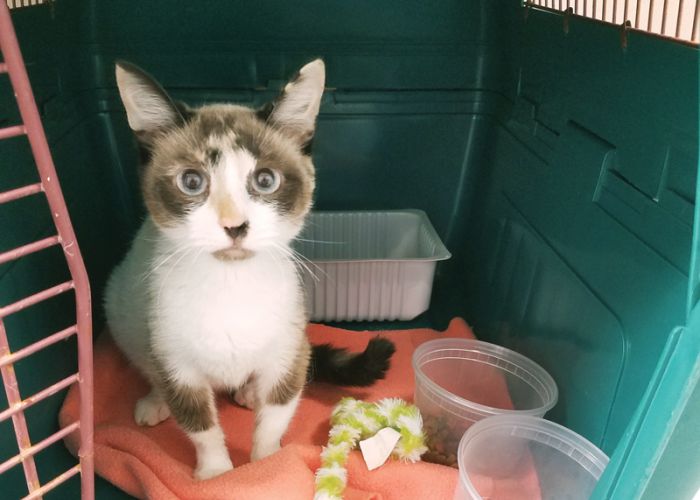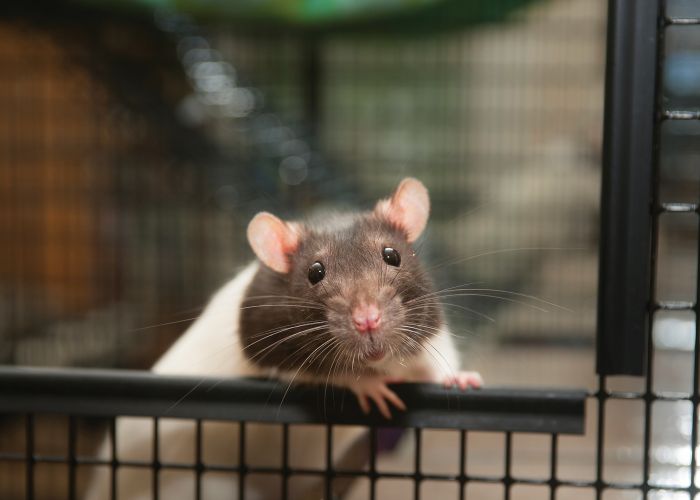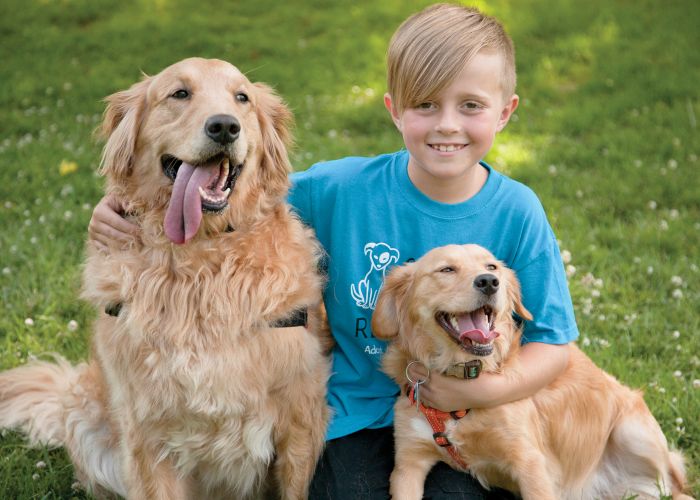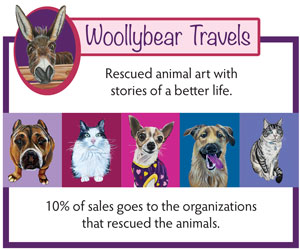Shelter numbers add up to progress
A decade after the launch of the national database, animal shelters and rescues embrace data-driven strategies
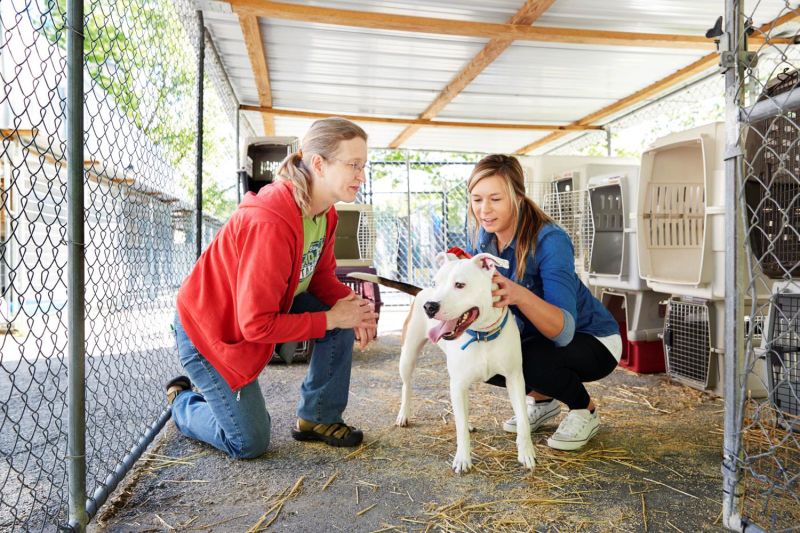
Imagine you’re advocating for larger cat cages at your animal shelter. In a meeting with your board of directors or agency heads, you explain that the current cages seem a bit cramped. You feel the shelter’s cats would be happier with double-compartment housing and more space.
How will the decision-makers at your organization respond? With competing priorities and tight budgets, are they likely to prioritize the time and expense required to overhaul cat housing?
Now imagine you go to the same meeting armed with research showing that larger cages decrease stress levels in shelter cats. You describe how other shelters increased the size of their cat cages and show charts of the results: reduced rates of upper respiratory illness and shorter average lengths of stay for cats.
Your goal hasn’t changed, but the dynamic of the meeting certainly has. By the time you start estimating how much your shelter could save in time and money by reducing illness and adopting out cats more quickly, you have everyone’s attention.
“Passion provides purpose, but data drives decisions,” wrote e-commerce entrepreneur Andy Dunn. That’s long been true in the business world, and it’s increasingly true in the animal welfare world as well.
Here’s how data-informed programming became the norm in sheltering, and how you can tap the stats that will help maximize your organization’s impact.
“With the animal-level data, we’ll be able to say whether housing is truly a main driver of pet surrender. We’ll be able to talk about access to care in a more data-driven way from the shelter perspective. We’ll be able to talk about trap-neuter-return and other field services programs.”
—Lindsay Hamrick, Humane World for Animals
Shelter data through the decades
Lindsay Hamrick recognized the power of data early in her sheltering career. As director of operations for a New Hampshire shelter from 2009 to 2013, she generated reports through her shelter’s software, revealing animal intake and outcome statistics.
The data wasn’t perfect, but Hamrick and her team were able to view some key information, such as the number of animals who were being euthanized for certain illnesses.
“We were still euthanizing for things like calicivirus or ringworm in cats because we were so afraid of the disease spread,” says Hamrick, who now serves as director of shelter outreach and engagement at Humane World for Animals. “But seeing the actual numbers led to decisions about isolation spaces in the shelter and about being open to new treatment protocols.”
At the time, New Hampshire was at the forefront of shelter data collection, with statewide records going back to the early 1980s, says Dr. Sara White, founder of Spay ASAP. White became the keeper of the state’s sheltering numbers in the early 2000s, soon after she began attending meetings of the New Hampshire Federation of Humane Organizations.
Every year, she circulated a spreadsheet to shelter leaders throughout the state, then spent months prodding them to add their numbers. “New Hampshire shelters really wanted the data. They really wanted it,” she says. “They individually hated the effort that went into it.”
With statewide statistics, White and her colleagues could determine, for instance, whether spay/neuter campaigns were curbing reproduction. Tracking the number of animals euthanized for behavioral issues led shelters to invest in enrichment and training programs.
Elsewhere in the country, data collection ranged from patchy to nonexistent. There were no reliable national sheltering statistics, no way to identify common challenges and trends. Decisions about programs, policies and the allocation of resources were based largely on anecdotes and guesswork.
“Much basic data still elude us,” animal advocate Peter Marsh lamented in his 2010 publication, Replacing Myth with Math: Using Evidence-Based Programs to Eradicate Shelter Overpopulation. “Without data-driven programs, future efforts to eradicate the use of population control euthanasia will continue to involve trial and error, with the delays and inefficiencies that entails.”
The countdown to national sheltering numbers
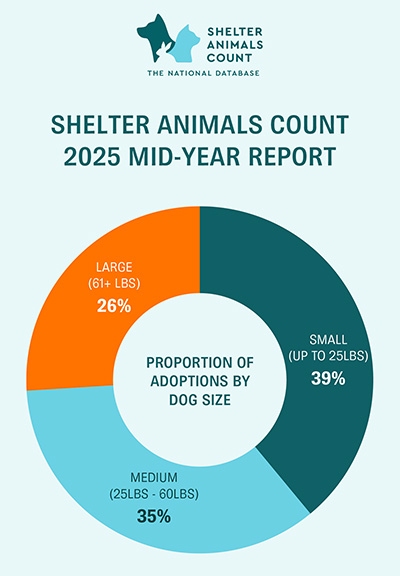
The turning point came in 2012 with the founding of Shelter Animals Count. Funded by national animal welfare organizations, the independent nonprofit was tasked with creating a platform to collect basic sheltering statistics at a national level.
Earlier attempts at the same goal had failed to gain traction, and the challenges remained daunting. “It really felt like this was going to be an uphill slog,” says White, who served on SAC’s board in its early years.
With about 4,000 brick-and-mortar shelters all operating independently, data collection varied widely. Some shelters were using commercial software or spreadsheets to track their numbers. Others relied on pen and paper. Some weren’t collecting data at all. Many organizations, fearful of public criticism, weren’t eager to share what numbers they had.
But the times were changing. Grantmakers increasingly required shelters and other nonprofits to quantify the impacts of their programs. National animal welfare groups were calling for transparency in shelter numbers and promoting evidence-based solutions. Advancements in technology brought the power of personal computers, smart phones, QR codes and web forms to data collection.
In late 2015, when SAC launched the national database, about 400 shelters signed on. Today, SAC’s reporting represents the collective effort of nearly 14,000 sheltering organizations in the U.S., says director of communications Tori Fugate.
“We hear from shelters all the time that are using the data that they are getting from SAC to go to their city council and say, ‘This is why we need more funds for this program,’” Fugate adds. “So many municipalities don’t understand what their shelters do. Data provides clarity and validation of that work.”

Harnessing data to help more animals
Over the years, the database has evolved into much more than a repository of “noses in, noses out” numbers. It’s now an engine for forecasting, a guide for grantmakers and policymakers, and a tool for organizations to measure their impact.
Foster-based rescues, once invisible in national tallies, contribute data. Small mammals, reptiles, horses and other species are part of the count. A community services module captures work that extends beyond shelter walls, such as pet food distributions, low-cost veterinary care and community cat programs.
The depth and breadth of information continue to expand. SAC recently began analyzing animal-level data, including intake sources, owner relinquishment causes, spay/neuter status and more.
“My mind is blown by the advancements,” Hamrick says. “With the animal-level data, we’ll be able to say whether housing is truly a main driver of pet surrender. We’ll be able to talk about access to care in a more data-driven way from the shelter perspective. We’ll be able to talk about trap-neuter-return and other field services programs.”
Part of the value of SAC is that it not only collects national statistics but also interprets them, comparing sheltering numbers through the years and identifying national trends. This makes the data more accessible to laypeople, White says, and it spurs a collaborative approach to common challenges.
For example, in the post-pandemic era, SAC data revealed a major reason many shelters were struggling with capacity. While overall intakes hadn’t spiked as many feared, the average length of stay for medium- and large-sized dogs had nearly doubled since 2019. This prompted national animal welfare organizations and grantmakers to provide funding, education and tools to help shelters launch innovative dog adoption and pet retention programs.
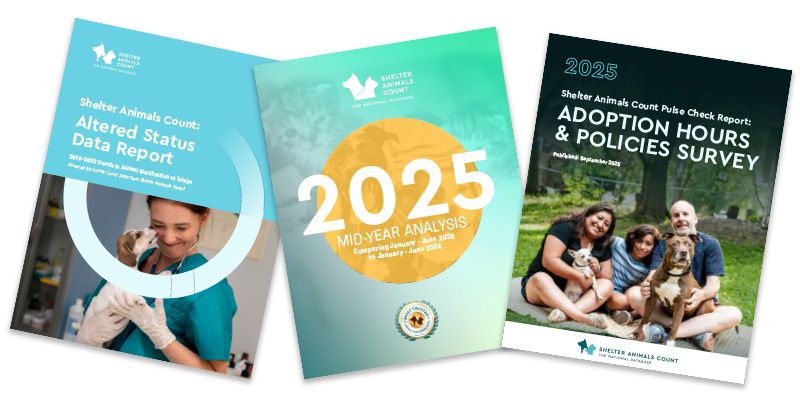
Data breeds research into complex sheltering issues
There are some questions that shelter numbers alone can’t answer, but data can inspire the research needed to shed light on complicated issues.
In recent years, SAC has partnered with other organizations to study the impact of self-rehoming platforms, strategies for pre-adoption-age kittens, the effect of shelters’ public hours on adoption numbers, and more. For insights from the other side of the adoption counter, SAC collaborates with Hill’s Pet Nutrition, which publishes an annual report delving into public perceptions of shelter pets as well as generational attitudes toward adoption, fostering and more.
There’s still much to do, Fugate says, and plenty of questions that need answers. SAC is currently studying the impact of weather-related disasters on shelters. It’s looking at the flow of animals across the country via lifesaving transport programs. It’s also continuing to improve data standardization in the field and to expand its capacity for animal-level data analysis.
“It’s all really exciting,” Fugate says. “I just encourage everybody to provide that data to us so that we can keep telling that national narrative.”
In the meantime, animal welfare professionals have an unprecedented wealth of data at their fingertips, and a cultural shift has taken root. Most every conversation in animal welfare today involves “talking about solutions with a foundation of data and what’s actually happening,” Hamrick says.
“Data-driven” has become a badge of honor.


